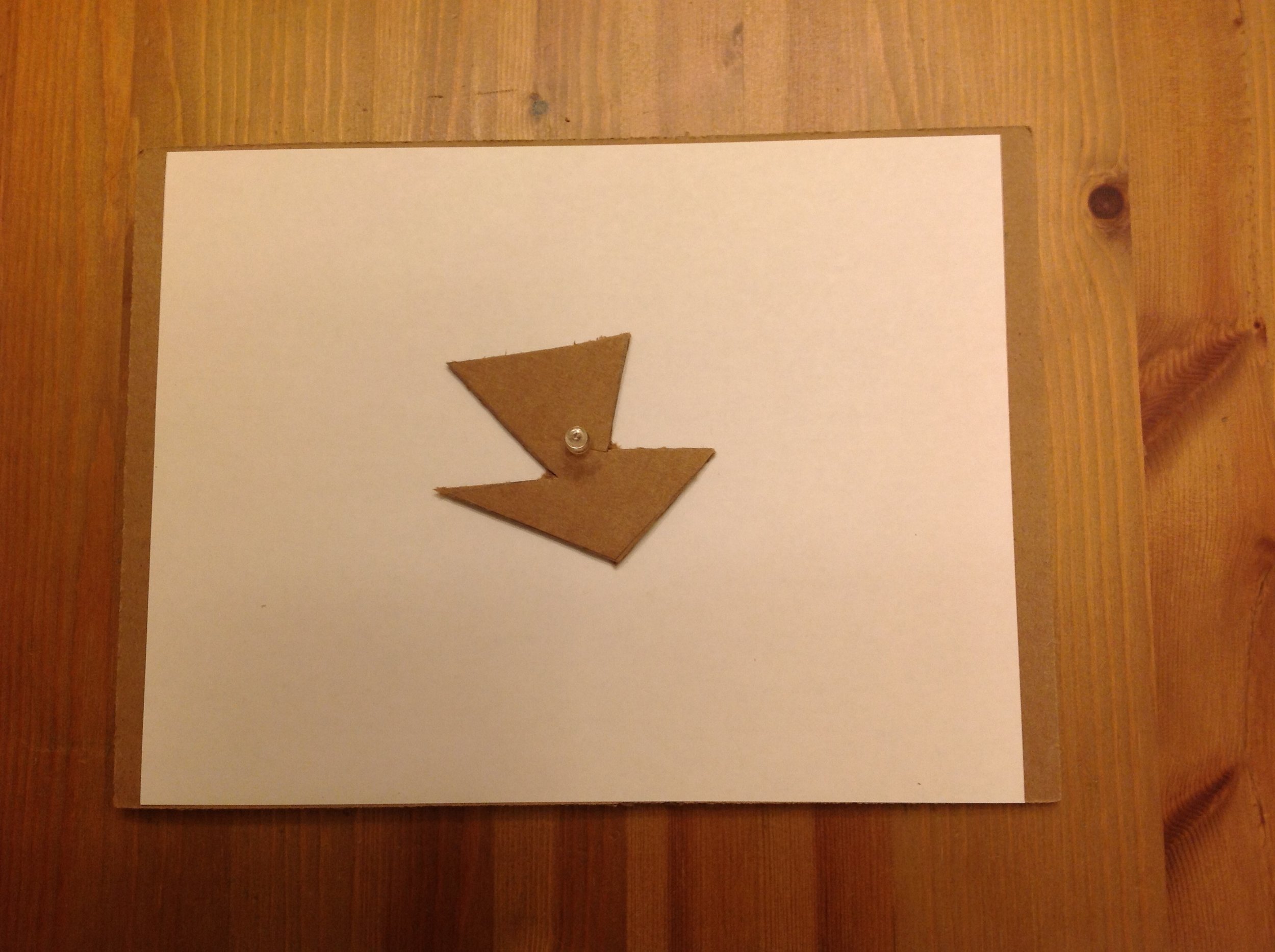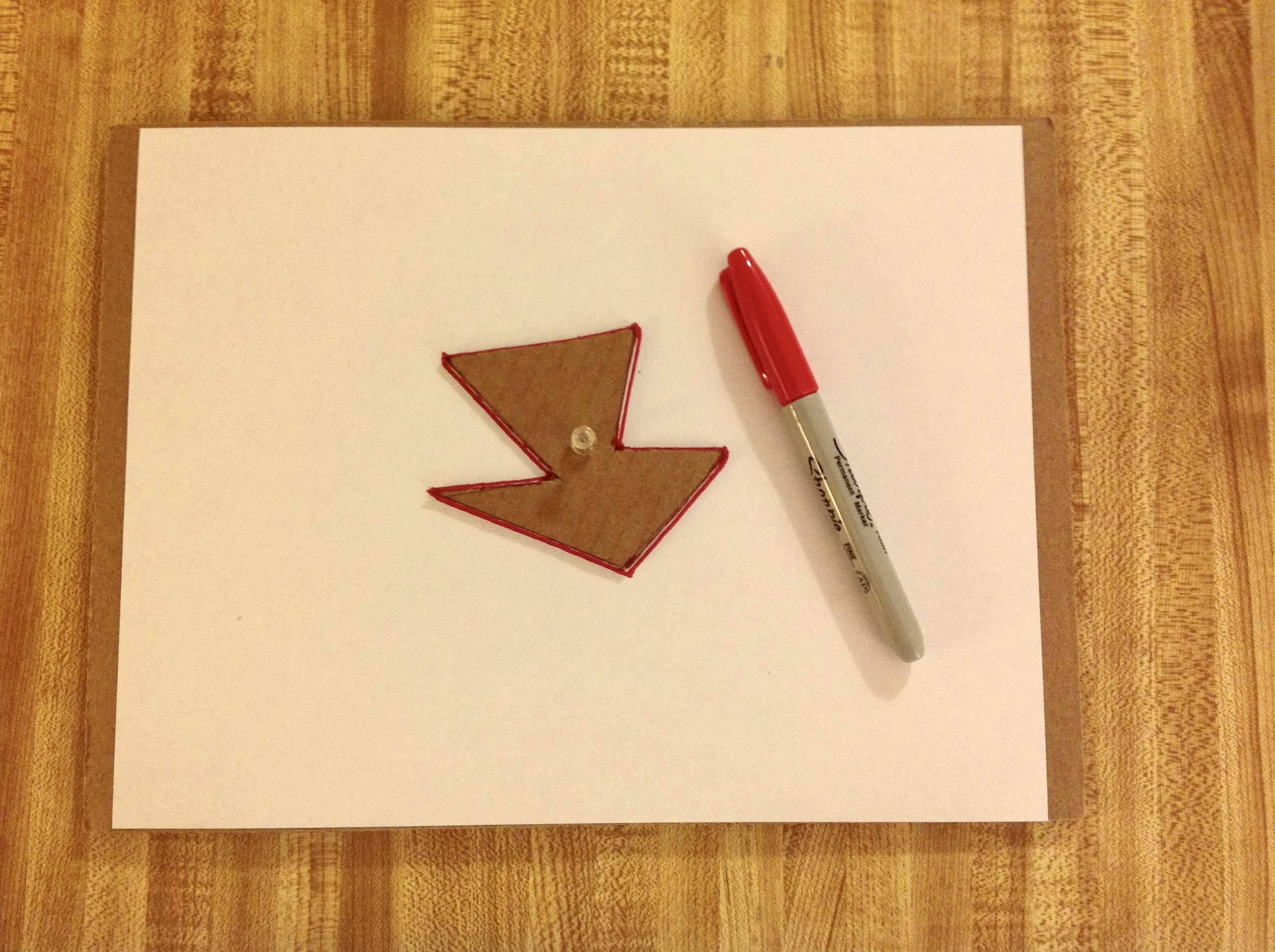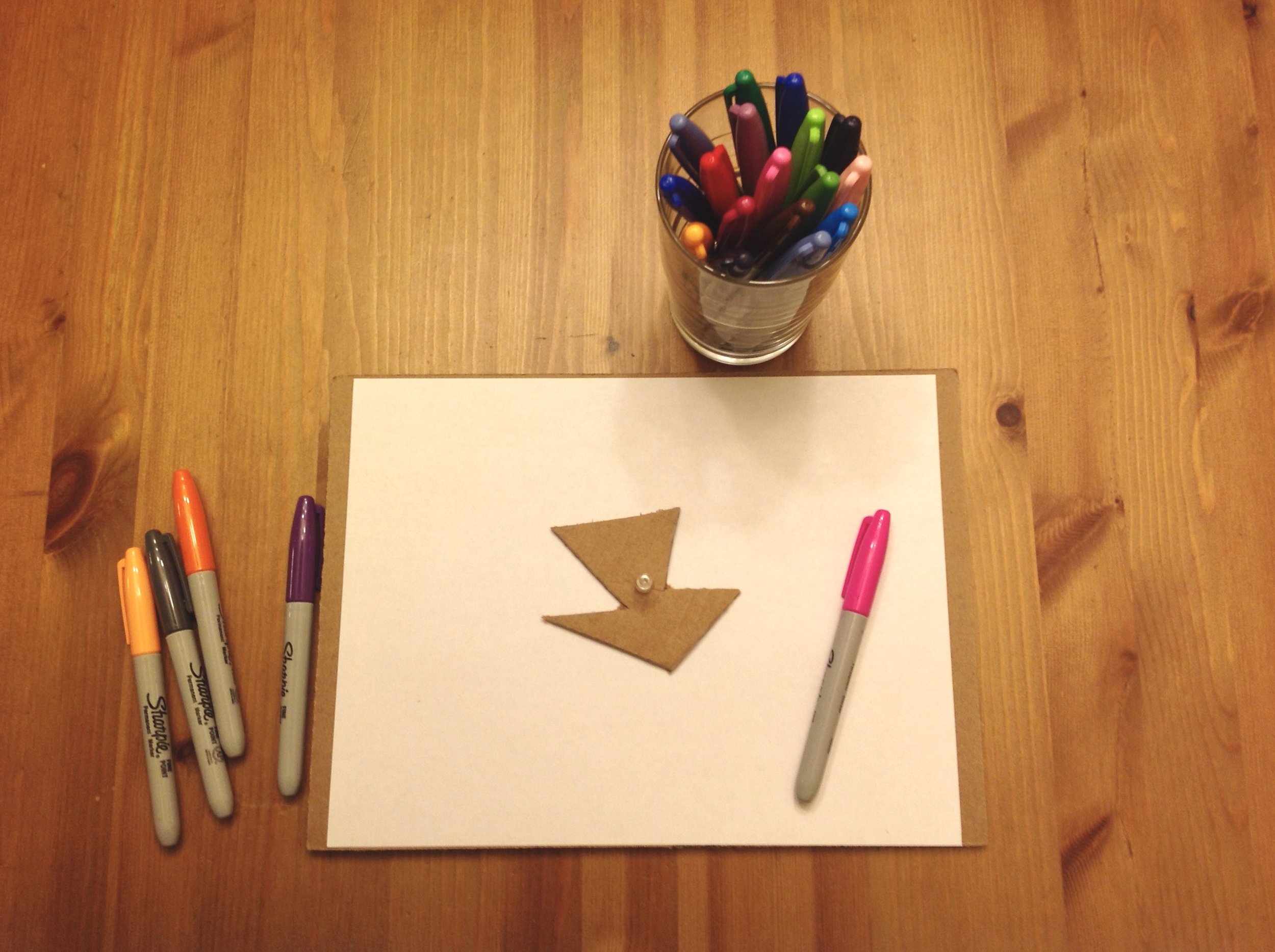Shape Shifter
/Recently, I offered the children an invitation to work on a preplanned project. I rarely do this type of work with the children. I prefer to work with the children by following their interests. The project focused on a specific artistic technique and sounded interesting, so we gave it a go.
We started the project by gathering the necessary supplies, including recycled cardboard, pencils, push pins, rulers, sharpies, and paper. To begin the work, we invited the children to choose a small piece of cardboard. Next, we invited the children to use a pencil and ruler to draw a geometric shape of their choosing. Some children created simple shapes, while others created forms with sharp angles and curves.
After the drawing was complete, we cut out the geometric cardboard shape. Since scissors are not ideal for cutting cardboard, I cut out each form using a utility knife and cutting board. One of the discoveries I made during this project is that we need some type of tool the children can use to cut the cardboard.
After the cardboard shape was ready, the children collected a larger flat piece of cardboard, a sheet of paper, and a pushpin. Next, they placed the paper on top of the cardboard. Then the children attached the cardboard shape to the paper with the pushpin. The pushpin allows the cardboard shape to spin on top of the paper. Next, the children used a colorful sharpie to trace around the figure on top of the paper. After tracing once, the children spin their shape into another position and choose a different colorful sharpie to retrace the shape. The result is an original design like a fingerprint, unique each time.
When finished, the children removed the pushpin and moved the shape to another part of the page. Then they started the tracing process again. After repeating this process and experimenting with the results, the children created a full-page design from one original geometric shape.
The children enjoyed the process and the creativity of creating the original shape but did not like one part of the project. The children thought I should have let them use the boxcutter.
Even though this was a preplanned project, it added value to our work. The children learned a new creative technique, and the project invited children to explore the possibilities of materials like cardboard, shape, and movement within a defined space.
What did I learn from this project that may help your practice?
Not all work we do together originates from the children. Process art benefits the children by sharing techniques they can use in their future creative work.
Some children enjoy exploring process art more than creating work. To be a well-rounded program, we need to offer opportunities for all children to learn and play in comfort and confidence.
Children new to our program often struggle to find their own project, and process art is a bridge to get them started thinking creatively.
Recycled materials offer the children limitless possibilities for creativity and the application of ideas.
When we offer process art, the educators need to ensure that the children can use the tools for the work safely and effectively. I did not think about how the children would cut the cardboard in this project. The knife we had was too sharp, and the scissors were not practical.





